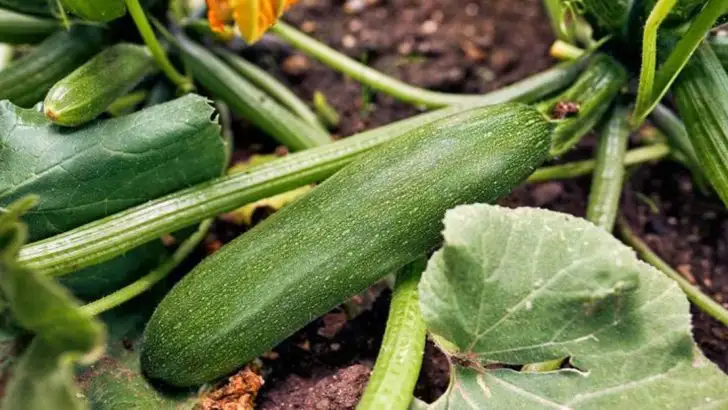If you’ve ever planted zucchini, you know it has a reputation for being a fast-growing, heavy producer—but unlocking its full potential takes more than just sticking seeds in the ground. With the right techniques, your summer garden could yield baskets of massive, healthy zucchinis all season long.
Whether you’re a first-time grower or a seasoned gardener, these 14 expert tips will help you avoid common pitfalls, boost flower production, and maximize yields without relying on synthetic fertilizers. From soil prep to pollination tricks, we’ll show you how to grow vibrant, productive zucchini plants that keep on giving.
Discover how to create the perfect growing conditions, which companion plants help (and hurt), and how to harvest at just the right time for flavor and size. Your most abundant summer harvest yet starts here.
Choose the Right Varieties
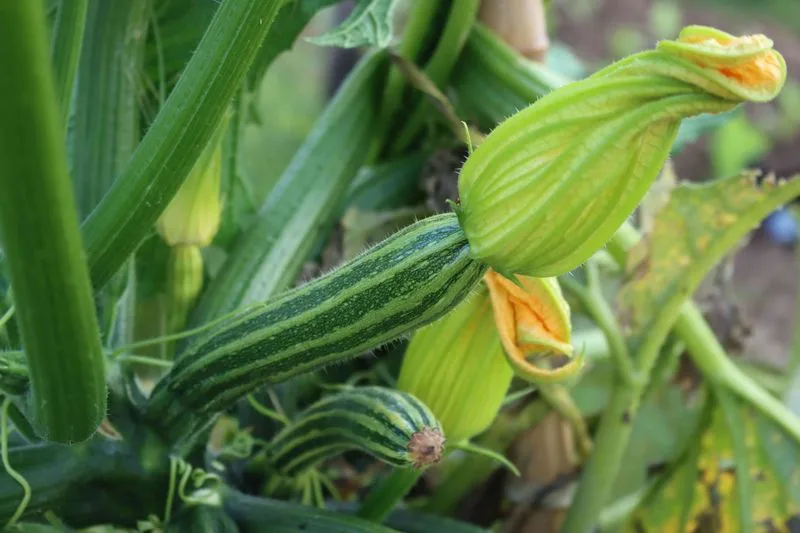
Selecting the right zucchini varieties plays a crucial role in achieving a bountiful harvest. Opt for varieties known for their high yield and disease resistance, like Black Beauty or Raven. These varieties adapt well to different conditions, promoting vigorous growth. Assess your climate and growing conditions to choose the best fit for your garden. You might also consider heirloom varieties if you’re looking for unique flavors and characteristics. A diverse selection can yield surprising results, offering both taste and resilience. Research is key; understanding each variety’s needs can lead to a garden full of lush, productive plants.
Plant in Well-Drained Soil
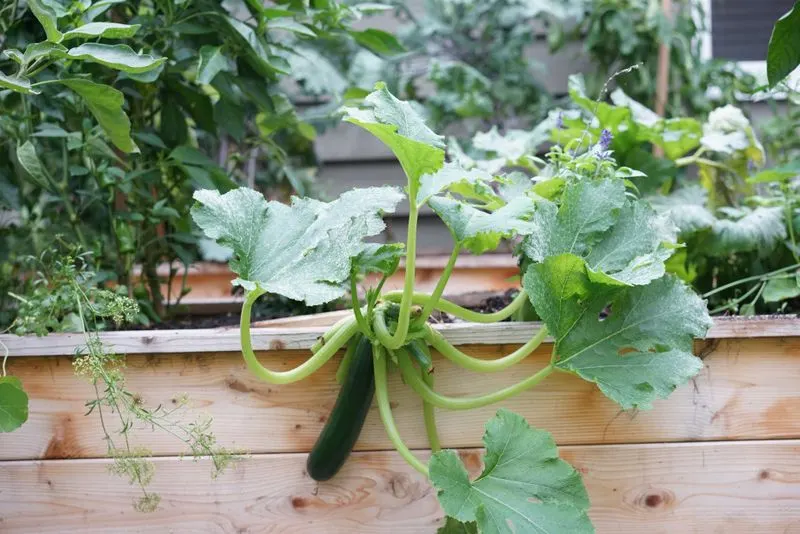
A well-drained soil ensures that zucchini plants receive the right balance of water and air. It allows roots to breathe, preventing issues like root rot and nutrient deficiencies. To achieve this, incorporate organic matter such as compost or aged manure into your garden bed. This enriches the soil, improving its structure and drainage capabilities. Conduct a soil test to understand its pH and nutrient levels, making necessary amendments for optimal growth. Proper soil preparation is the foundation of a successful zucchini harvest, setting the stage for robust plant development and abundant yields.
Provide Adequate Spacing

Space is vital for zucchini plants to thrive, as overcrowding can lead to competition for nutrients and increased disease risk. Aim for about 3 feet between plants to allow ample air circulation and sunlight penetration. This spacing minimizes the chance of fungal infections and ensures each plant has room to spread its leaves and flourish. Consider your garden layout, whether in rows or hills, to optimize space utilization. The right spacing promotes healthier plants and makes maintenance tasks like weeding and harvesting more manageable. Thoughtful planning can significantly boost your zucchini yield.
Water Consistently and Deeply
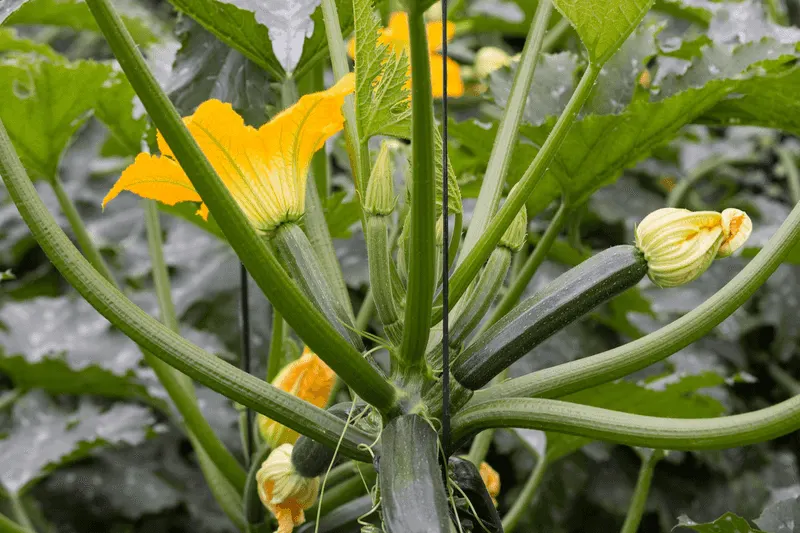
Consistent and deep watering is essential for zucchini plants, particularly during the hot summer months. Water the plants at the base early in the morning to reduce evaporation and fungal risks. Aim for about 1-2 inches of water per week, adjusting based on rainfall and temperature. Deep watering encourages root growth, allowing plants to access moisture even in dry conditions. Mulching around the plants can help retain soil moisture, reducing the need for frequent watering. By understanding the watering needs of zucchini, you ensure healthy growth and a bountiful harvest.
Use Mulch to Retain Moisture
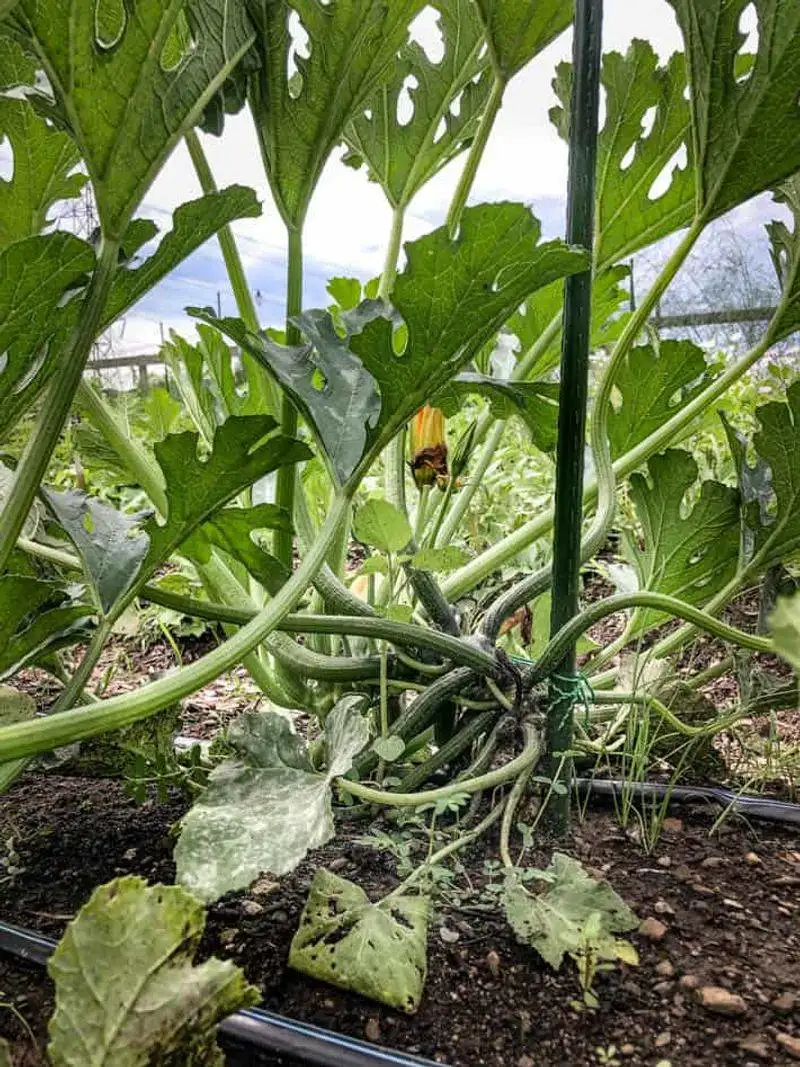
Applying mulch around zucchini plants helps conserve soil moisture and suppress weeds. Organic mulches like straw, grass clippings, or shredded leaves are ideal choices, providing additional nutrients as they decompose. Mulch creates a barrier, reducing water evaporation and maintaining a stable soil temperature. This is particularly beneficial during hot summer days, when water loss can be significant. Besides moisture retention, mulch enhances soil health by encouraging beneficial microorganisms. It’s an easy and effective strategy to support zucchini growth, ensuring plants remain hydrated and healthy throughout the season.
Fertilize Wisely

Fertilizing zucchini plants correctly can lead to bigger, healthier harvests. Use a balanced organic fertilizer to provide essential nutrients like nitrogen, phosphorus, and potassium. Apply it when planting and continue with a side dressing when plants begin to flower. Over-fertilization can cause excessive leaf growth at the expense of fruit development, so follow recommended guidelines for application rates. By feeding your plants adequately, you support their growth and productivity, leading to a successful zucchini harvest. Remember, healthy soil fosters robust plants, making fertilization a crucial step in your gardening routine.
Practice Crop Rotation
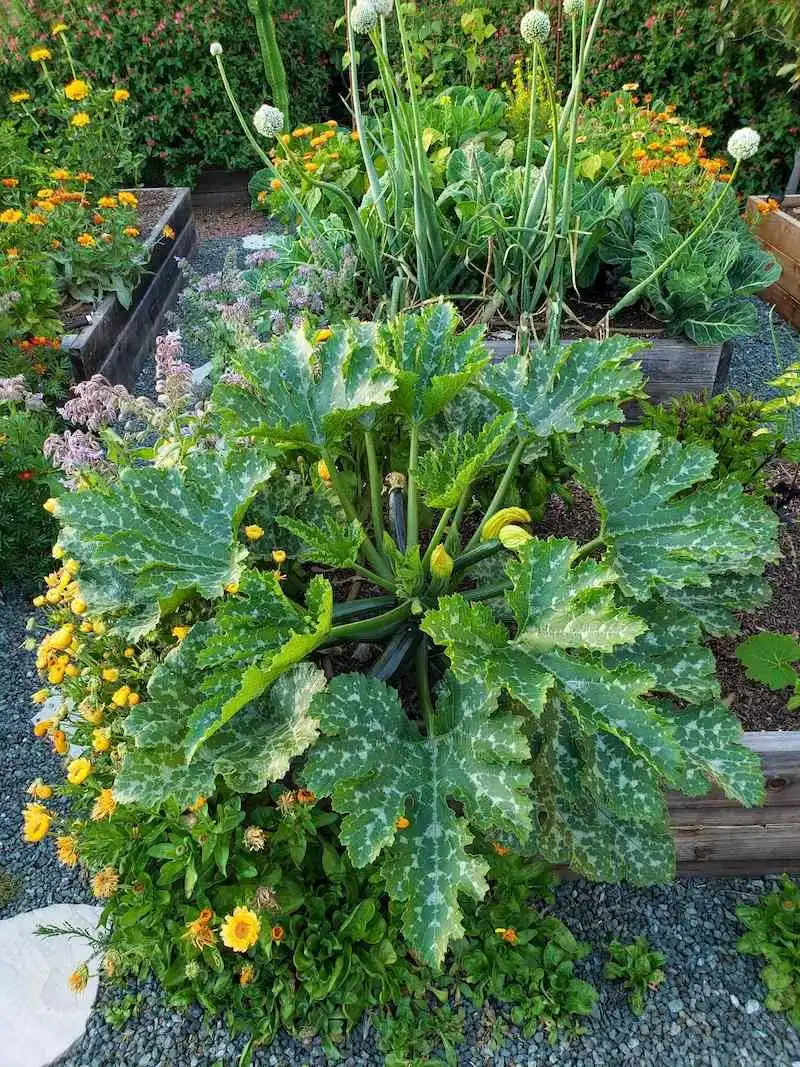
Crop rotation is a smart gardening practice that helps in maintaining soil fertility and reducing pest and disease buildup. By rotating zucchini with other vegetable families, you prevent pests that target specific crops from establishing in your garden. Consider rotating with legumes or root vegetables, which can improve soil structure and nutrient content. This practice disrupts pest life cycles and encourages biodiversity, contributing to a healthier garden ecosystem. Planning your garden rotations ensures that zucchini plants grow in a fresh environment each season, promoting long-term garden health and productivity.
Control Pests Naturally
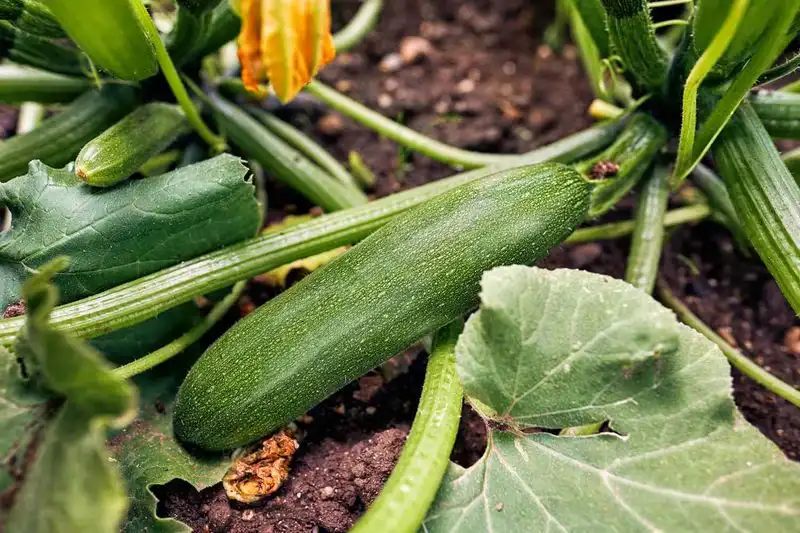
Natural pest control methods help maintain a healthy zucchini crop without harming beneficial insects. Encourage ladybugs and predatory insects by planting flowers like marigolds nearby. Regularly inspect plants for signs of pests, such as aphids or squash bugs, and handpick them if necessary. Neem oil or insecticidal soap can be used as organic solutions for more persistent issues. These methods keep pest populations in check while supporting the overall health of your garden. By embracing natural controls, you create a balanced environment that fosters robust zucchini growth.
Encourage Pollination
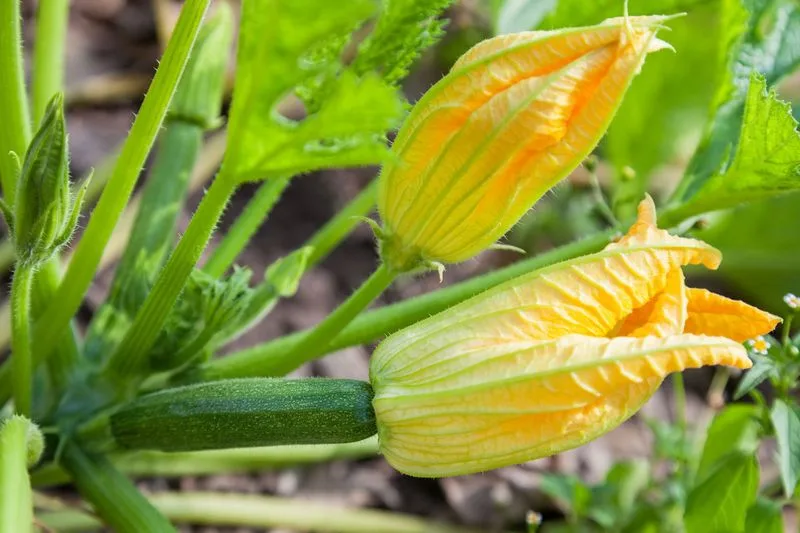
Effective pollination is vital for zucchini production, as it directly affects fruit development. Planting flowers like sunflowers and daisies nearby can attract bees and butterflies, enhancing natural pollination. You can also hand-pollinate by transferring pollen from male to female flowers using a small brush. This ensures that flowers are fertilized and can set fruit. Observing your zucchini plants for open flowers in the morning is key for timely hand-pollination. By boosting pollination, you support healthy fruit development and maximize your harvest potential. It’s a proactive step to ensure your garden’s productivity.
Prune for Better Growth
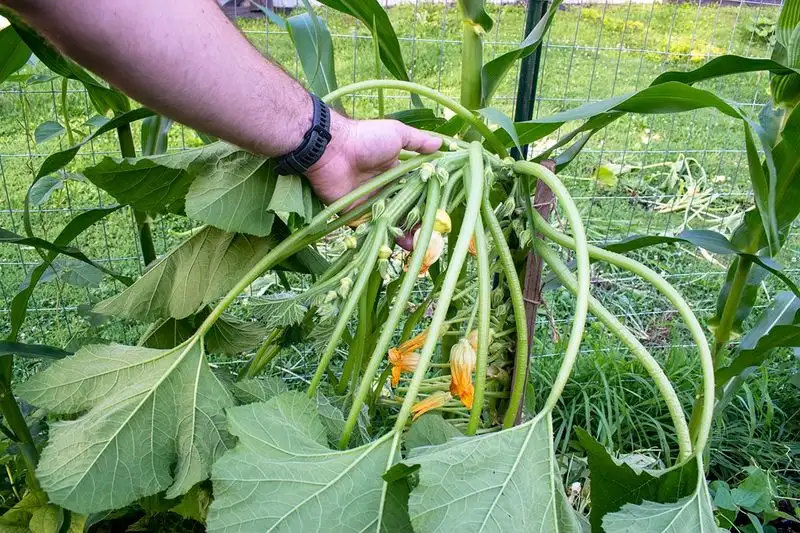
Pruning zucchini plants can stimulate better growth and air circulation, minimizing disease risk. Remove yellowing leaves or any that show signs of damage to direct the plant’s energy towards fruit production. Focus on removing excess foliage that blocks sunlight from reaching developing fruits. This helps prevent fungal issues and allows plants to thrive. Pruning should be done carefully to avoid harming healthy growth. By keeping your plants tidy and well-maintained, you encourage a more productive harvest. Regular checks and timely pruning are invaluable for a flourishing zucchini patch.
Harvest at the Right Time
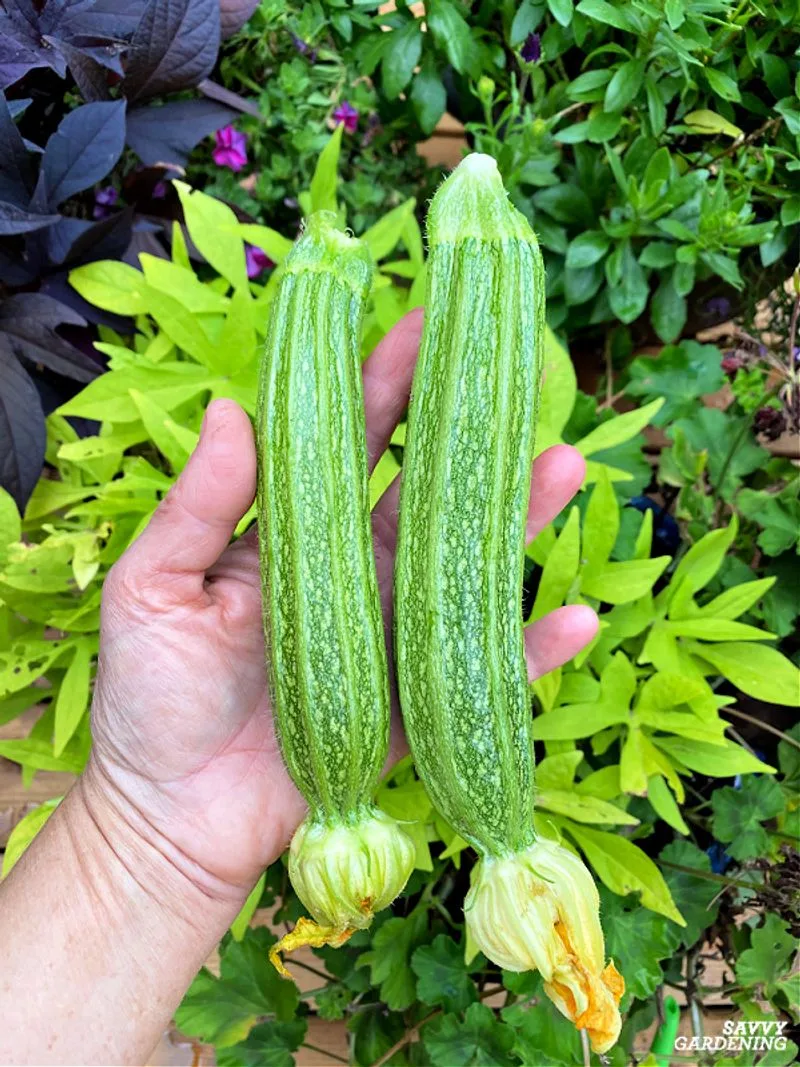
Timing your zucchini harvest is crucial to capturing peak flavor and texture. Harvest fruits when they are about 6-8 inches long, as they are tender and flavorful at this stage. Overgrown zucchinis can become tough and seedy, diminishing their culinary appeal. Regularly check your plants, as zucchinis can grow rapidly under ideal conditions. Use a sharp knife or garden shears to cut the fruits, avoiding damage to the plant. Prompt harvesting encourages continued production, allowing you to enjoy a steady supply of fresh zucchinis throughout the season.
Protect from Heat Stress
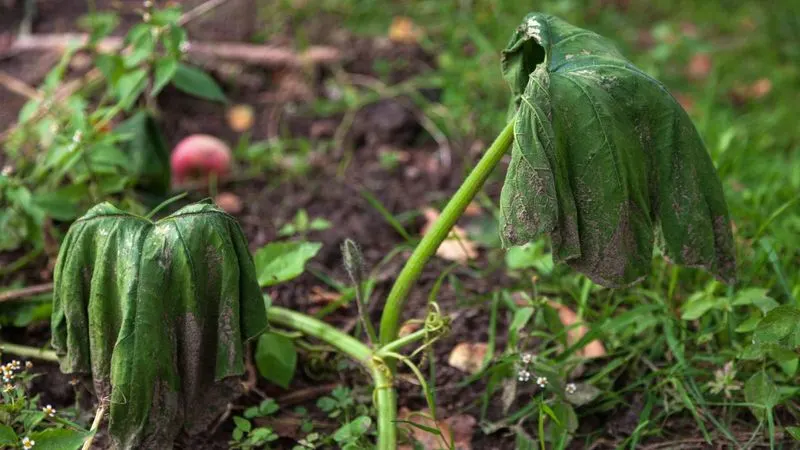
High temperatures can stress zucchini plants, affecting their growth and fruit production. Provide shade during the hottest part of the day using row covers or shade cloths. This shields plants from intense sunlight while maintaining airflow. Mulching can also help by keeping soil temperatures steady. Ensure adequate watering to prevent dehydration, as heat stress can exacerbate water loss. By taking these precautions, you protect your plants from the adverse effects of heat, supporting resilient growth and abundant harvests even in challenging conditions.
Monitor for Diseases
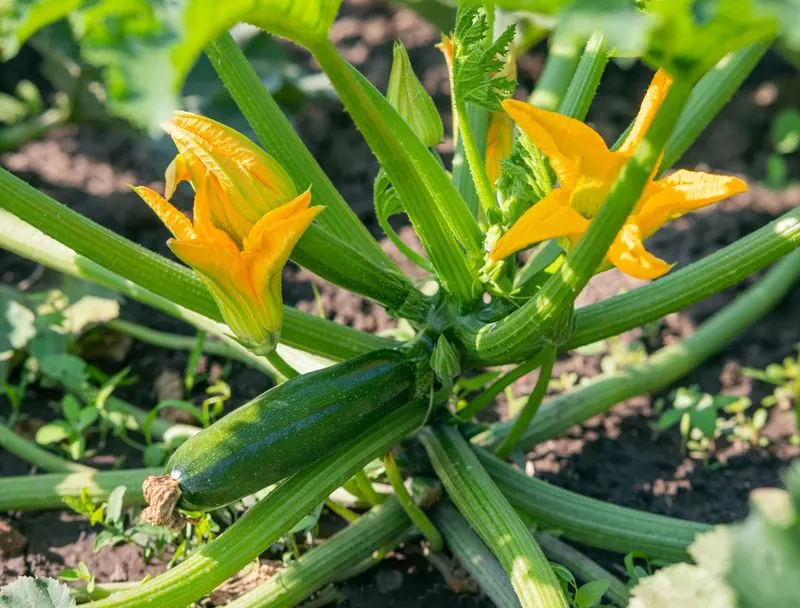
Regular monitoring of zucchini plants for diseases helps catch issues early before they spread. Common diseases like powdery mildew or bacterial wilt can quickly affect plant health. Look for discolored leaves, wilting, or unusual spots, and take action immediately. Removing affected parts or applying organic fungicides can prevent further damage. Maintaining good garden hygiene and ensuring proper spacing and airflow reduces disease risk. By being vigilant, you keep your zucchini plants healthy and productive, safeguarding your harvest. Early detection and response are key to managing plant health effectively.
Provide Structural Support
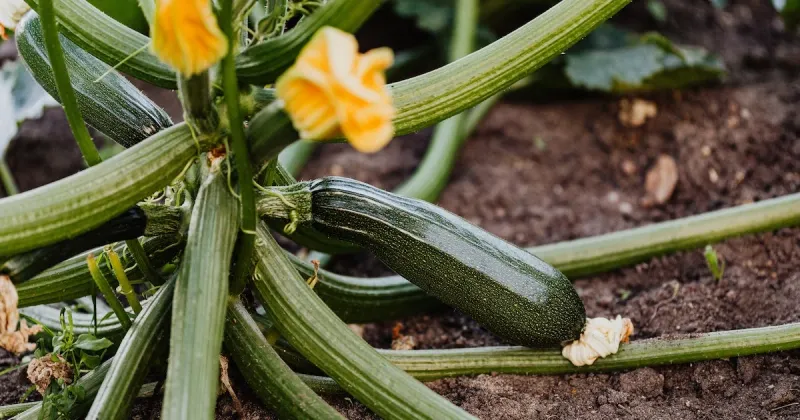
Structural support can benefit zucchini plants by keeping fruits off the ground, reducing rot and pest damage. Use trellises or cages to guide plants upwards, facilitating better air circulation and light exposure. This method also saves space, allowing for more efficient garden management. Supporting plants can enhance fruit quality and make harvesting easier. Choose sturdy materials that can bear the weight of mature plants. Structural support not only boosts plant health but also contributes to a more visually appealing and organized garden. It’s a practical approach for maximizing your zucchini yield.

